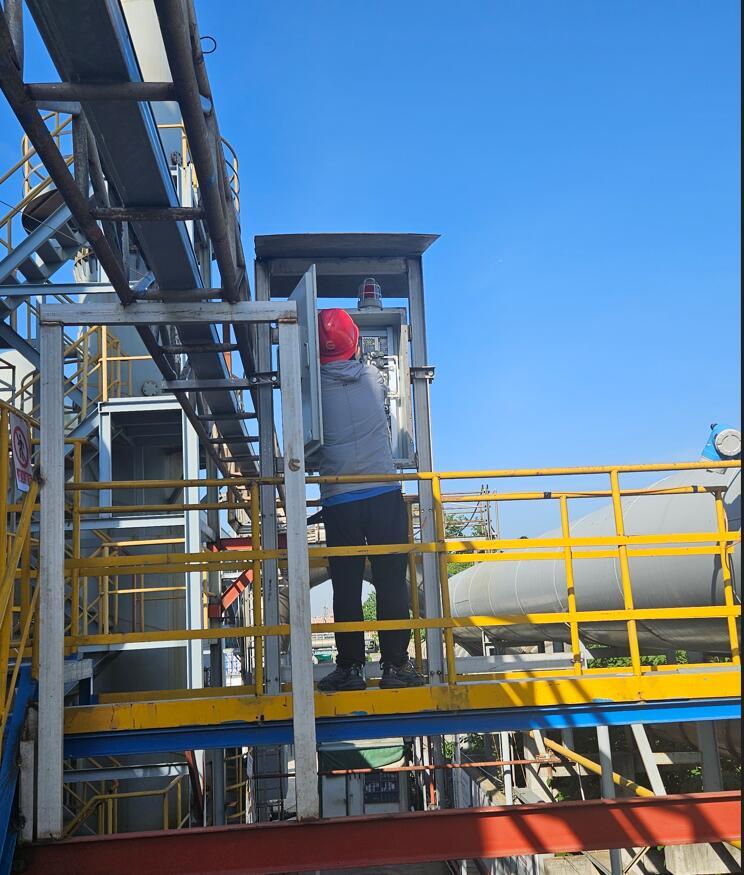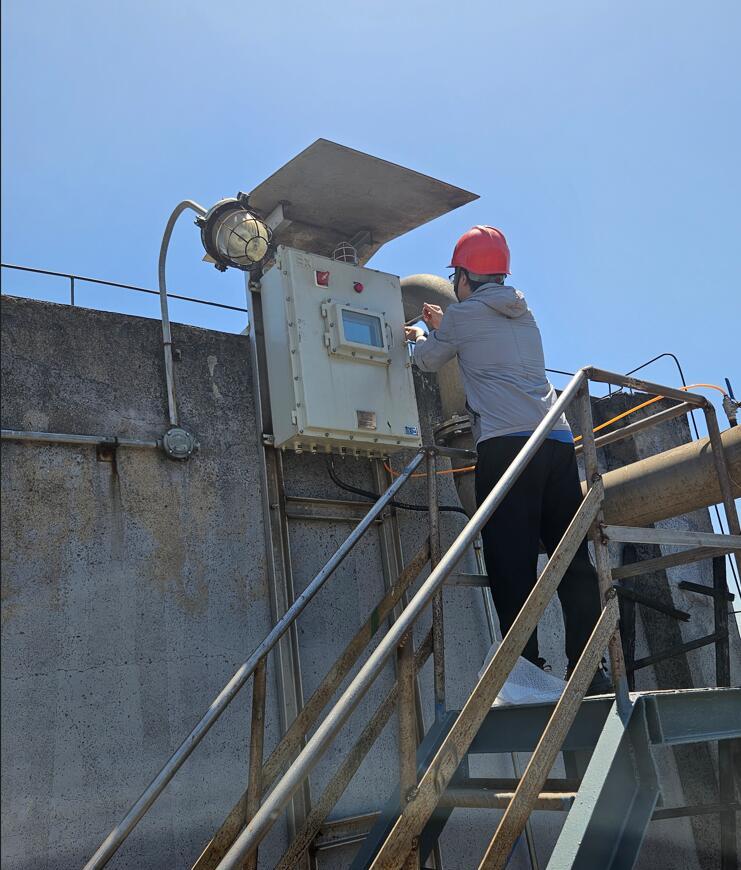- English
- Español
- Português
- русский
- Français
- 日本語
- Deutsch
- tiếng Việt
- Italiano
- Nederlands
- ภาษาไทย
- Polski
- 한국어
- Svenska
- magyar
- Malay
- বাংলা ভাষার
- Dansk
- Suomi
- हिन्दी
- Pilipino
- Türkçe
- Gaeilge
- العربية
- Indonesia
- Norsk
- تمل
- český
- ελληνικά
- український
- Javanese
- فارسی
- தமிழ்
- తెలుగు
- नेपाली
- Burmese
- български
- ລາວ
- Latine
- Қазақша
- Euskal
- Azərbaycan
- Slovenský jazyk
- Македонски
- Lietuvos
- Eesti Keel
- Română
- Slovenski
- मराठी
- Srpski језик
Zetron Technology leads a new direction of environmental protection in pharmaceutical factories
2024-10-12
In the pharmaceutical industry, waste gas emission management is an important part of the company's environmental protection work and is directly related to the company's sustainable development and social responsibility. However, due to the complexity and diversity of pharmaceutical processes, there are significant differences in waste gas emissions from different pharmaceutical factories, which makes it difficult for general waste gas detection solutions to meet the actual needs of enterprises. Zechuan Technology, as a leader in the field of environmental monitoring, relies on its profound industry accumulation and advanced technical strength to provide customized exhaust gas detection solutions for pharmaceutical factories, helping companies achieve precise monitoring and efficient management.

1. Program background:
During the production process of a pharmaceutical factory, pharmaceutical companies will use some organic solvents with low melting points and high volatility. For example, benzene series, organic amines, ethyl acetate, methylene chloride, acetone, methanol, ethanol, butanone, ether, dichloroethane, acetic acid, chloroform, etc. Such solvents are likely to evaporate during the production process. Causes pollution, and its emissions mainly occur in operating units such as feeding, reaction, solvent recovery, filtration, centrifugation, drying, and discharging. So what are the characteristics of pharmaceutical factory exhaust gas and how to implement an exhaust gas detection and monitoring plan.
Pharmaceutical factories often produce complex and diverse waste gas pollutants during the production process. These exhaust gases may contain volatile organic compounds (VOCs), hydrogen sulfide, ammonia and other harmful substances. If they are directly discharged without effective treatment, they will not only cause pollution to the atmospheric environment, but may also pose potential threats to the health of surrounding residents. Therefore, strict testing of pharmaceutical factory exhaust gases is crucial.
2. Characteristics of waste gas from pharmaceutical factories
There are many emission points, large emissions, and serious unorganized emissions. The yield of pharmaceutical and chemical products is low, solvent consumption is large, and there are many emission points for solvent exhaust gas. Most of the solvent exhaust gas is emitted unorganized at low altitudes, and the concentration of solvent exhaust gas is high.
There are many intermittent emissions. The reaction process is basically an intermittent reaction, and the solvent waste gas is also emitted intermittently.
Emissions are unstable. The composition of solvent exhaust gas is complex, and the types and concentrations of pollutants vary greatly. The same device may emit pollutants of different properties at different times.
Solvent exhaust gas has a wide impact. Most of the VOCs in solvent exhaust gas have malodorous properties, low olfactory range, easy diffusion, and wide impact range.
Accidents such as “runs, leaks, leaks” and other accidents produce a lot of emissions. Since there are many flammable and explosive substances in the production process and the reaction process is intense, the risk of production accidents is high.
3. Monitoring plan for waste gas from pharmaceutical factories
Online flammable and toxic gas detection system TH - 2000 (D)-EX - IR - A (including MIC - 600 - 2 gas detector), organic flammable EX: detection range 0 - 100% LEL, resolution 0.1% LEL; volatile Sexual organic compounds VOC: detection range 0 - 500mg/m³, resolution 0.1g/m³. It is equipped with professional pretreatment system and testing equipment, which can effectively filter and detect the exhaust gas to achieve good detection purposes and ensure safety and environmental protection responsibilities.
4. Product description
The main principle of the TH-2000D online gas pretreatment monitoring system is: the sampling unit collects the flue gas or measured gas on site, and the preprocessing unit cools, dehumidifies, and filters the dust, and keeps the temperature and humidity of the measured gas constant. Within a certain range, the gas detection unit detects and analyzes the transported gas, displays the measured gas concentration in real time on the display screen, and transmits the data signal to terminals such as PLC or computers, or it can also be transmitted to the cloud server through wireless GPRS or network , users then read data from the server to achieve global network monitoring and analysis. The entire process is automated and does not require human intervention.

Zechuan Technology's customized pharmaceutical factory waste gas detection solution, with its comprehensiveness, scientificity and professionalism, provides strong support for the waste gas treatment of pharmaceutical factories and creates a solid line of defense to protect our environment and health. Let us work together to promote the sustainable development of the pharmaceutical industry and strive to create a better ecological environment.







